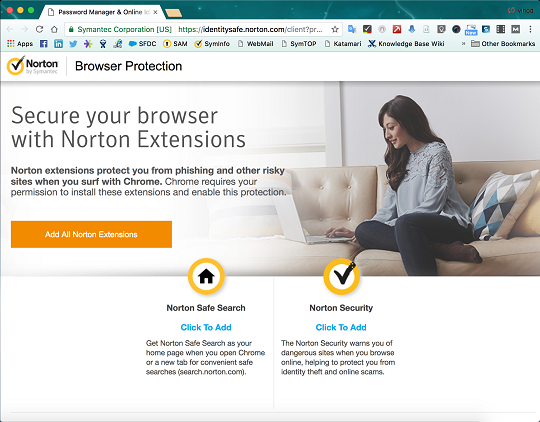Exported Dxf Color Vs. Layer Color Cnr
Posted : admin On 28.01.2019
Item Export Notes Linked Text Linked text in symbols export as block attributes. Symbols, Plug-ins, Layer Links, and Groups Symbols, plug-ins, layer links, and groups export as blocks. Blocks for symbols, plug-ins, and layer links are given a generic name such as “Group-2” unless they were named in the Data tab of the Object Info palette. By default, groups also are exported as named blocks, but there is an option to export them as anonymous blocks.
Line Weights By default, line weights are converted to the closest DXF line weight. If the color mapping option is used, mapping information is entered during export and written to a.ctb file.
Growing up watching Jamaican DJs battle for audiences, Clive loved the ability of music to move a crowd. The most notable occurrence of this shift happened in the early 1970s, and centered around a young man named Clive Campbell, known by the stage name. His father was a sound technician, and had all the equipment available when Clive was ready to explore. His father was a sound technician, and had all the equipment available when Clive was ready to explore. Usb turntables for mac. A Man And A Turntable; The Birth Of A Culture While turntables have existed in one form or another for more than a century, their use has shifted over time.
Set DXF/DWG export options. If you select Vectors -> Color Layers Scan2CAD creates a DXF file with a layer for each color in the palette. The layer that each vector is saved to depends on its color. If the vectors you are saving originated from a PDF file, the colors will be mapped to the nearest color in the AutoCAD palette. What I meant was that the exported DXF or DWG file shows all dimensions and title bloks in yellow and geometry in Black. I know the dxf_export.pro option will let you specify a dxf_export.pro file and the problem I'm having is with setting up this.
Fills, Patterns, Gradients, and Hatches Solid fills and patterns export as DXF objects with associated solid hatch or unassociative wipeout. Wipeouts are only available in version 2000 and later. Hatches export as associative hatches to AutoCAD version 14 and higher, or as anonymous blocks to AutoCAD version 13 and lower. There is an option to export all of the fills, patterns, gradients, and hatches within a class or layer to a separate DXF layer. Raster Images Raster images export to the same folder that the drawing and any hatch pattern files are exported to. They export as JPEG files, with an image object in the DXF/DWG file that stores the name of the JPEG file and the insertion point. Images are only supported in AutoCAD versions 14 and higher.
Solids and NURBS Surfaces Solids and NURBS surfaces typically export as ACIS objects. The following objects cannot be exported as ACIS objects: meshes (which export as DXF meshes), 3D polygons (which export as 3D polygons, or as triangles if filled), NURBS curves (which export as DXF splines), and walls (which export as triangulated 3D polys in 3D views, and as lines and arcs in 2D views). Page-based symbols, world-based symbols Page-based symbols are typically used for annotation, and export as annotative blocks with the annotative property set to “true.” World-based symbols export as blocks with the annotative property set to “false.” Design Layers, Sheet Layers, and Viewports ● Vectorworks design layers export as DXF model space entities. If only design layers (no sheet layers) are exported, individual design layers’ scales and views are exported to model space as one scale and view.
There is an option to export all of the design layers in a file as separate DXF/DWG or DWF files. ● By default, each design layer viewport (Vectorworks Design Series required) is exported to a referenced DWG file; cropped viewports become clipped referenced files, and nested viewports become nested referenced files. This preserves the visibility overrides from the original viewport, because the visibility of the layers in the referenced file can be controlled separately from the layers in the master file. There is an option to export design layer viewports as part of the master document instead. ● By default, Vectorworks sheet layers export as DXF paper space layouts, with normal viewports exported directly, and section viewports exported as blocks.
 • Your Norton subscription includes protection updates and features that may be added, modified or removed subject to the acceptance of the. For more details, please visit the. • You can cancel your subscription at my.norton.com or by contacting Norton Support.
• Your Norton subscription includes protection updates and features that may be added, modified or removed subject to the acceptance of the. For more details, please visit the. • You can cancel your subscription at my.norton.com or by contacting Norton Support.
Annotations become paper space objects on top of the viewports. Sola g2 for mac. AutoCAD requires all paper space objects to be either above or below the viewports, but not both, so any objects or annotations that appear below the viewports in the Vectorworks file will appear above the viewports in the AutoCAD file. Therefore, avoid putting anything underneath viewports in your Vectorworks files. ● If sheet layers are exported, all design layers referenced from viewports on the sheet layers are exported to model space in top view without scaling, and viewports are created in paper space layouts to show the various views and scales. Sheets should generally look and print as expected (though without rendering modes set due to some AutoCAD bugs), but the single model space may have many overlapping objects and may not be as usable.